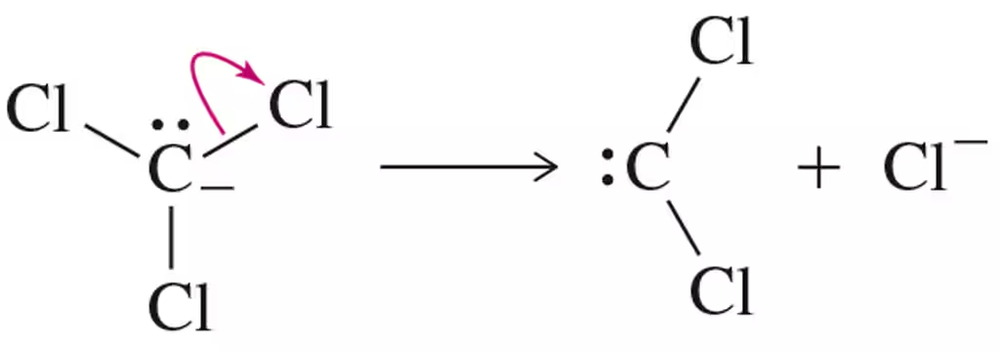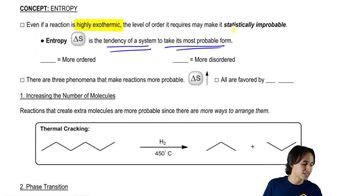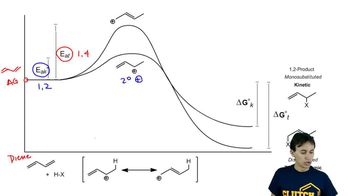The hydrogenation of alkenes is a reaction we study in Chapter 9.
(b) Is this reaction favored or disfavored in terms of entropy?

 Verified step by step guidance
Verified step by step guidance Verified video answer for a similar problem:
Verified video answer for a similar problem:



 2:46m
2:46mMaster Explaining what entropy is. with a bite sized video explanation from Johnny
Start learning